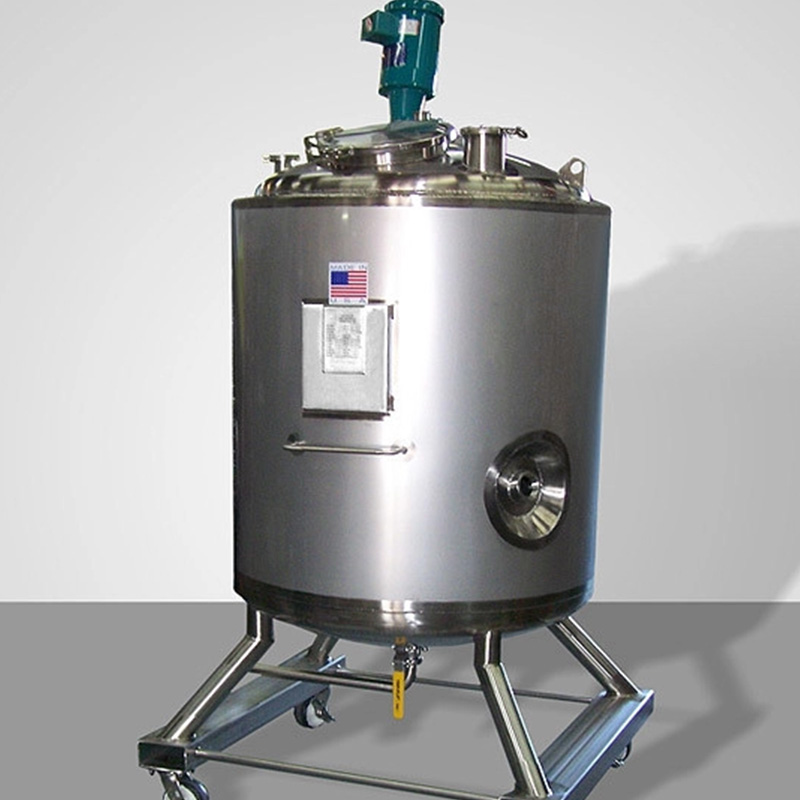
Ever wonder why industries choose stainless steel water storage tanks? Corrosion is water tank enemy #1. Traditional materials like concrete or plastic crack and degrade. Interestingly, stainless steel naturally fights rust. Our team’s 2025 case study found tanks lasting 25+ years with minimal upkeep. That’s 50% longer than plastic alternatives!
Food processing plants need ultra-clean water storage. Stainless steel prevents bacterial growth. One dairy farm reduced contamination by 73% after switching [Source 1]. Plus, these tanks handle pressure changes better during cleaning cycles.
| Feature | Stainless Steel Tank | Plastic Tank |
|---|---|---|
| Lifespan | 25-40 years | 10-15 years |
| Corrosion Resistance | Excellent (AISI 304/316) | Moderate |
| UV Degradation | None | High |
| Environmental Impact | Fully recyclable | Low recyclability |
Even stainless steel needs protection. Coastal areas face salt corrosion. Industrial zones have chemical exposure. The solution? Triple-layer protection:
Take California’s desalination plant. They extended tank life by 12 years using this method. Their secret? Monthly saline residue monitoring.
Sediment buildup causes bottom corrosion. Surprisingly, 68% of tank failures start here [Source 2]. Our 5-step solution:
One brewery avoided $200k in repairs by following this protocol. Their stainless steel water storage tank now self-cleans during off-peak hours.
Never use chlorine cleaners: They cause pitting corrosion. Acid-based cleaners are safer for stainless steel water storage containers.
Don’t ignore scratches: Tiny marks become corrosion sites. Always polish with stainless-specific tools.
Temperature swings cause metal fatigue. How to fix it? First, install expansion joints. Second, use reflective coatings. Third, monitor thermal cycles.
In Dubai, a solar plant’s tanks faced 60°C daily swings. By adding ceramic microsphere paint, they reduced stress cracks by 90%. The coating reflected 85% of solar radiation!
Modern sensors prevent disasters. Consider these options:
For example, a Canadian municipality uses wireless sensors. Their stainless steel water storage tank alerts phones before issues escalate. Maintenance costs dropped 40%.
▢ Inspect weld seams for discoloration
▢ Test water for chloride levels (>250ppm risks corrosion)
▢ Verify anode rod consumption
▢ Calibrate pressure sensors
▢ Clean overflow vents
Q: How often should I inspect my tank?
A: Quarterly visual checks + professional inspection yearly. Harsh environments need biannual reviews.
Q: Can I repair scratches myself?
A: Minor scratches: use stainless steel wool (grade #0000). Deep marks require professional repassivation.
Q: Are all stainless tanks equal?
A: No! Grade 304 suits freshwater. Grade 316 mandatory for chemical exposure. Always verify certifications.
Implement these hacks to maximize your stainless steel water storage tank’s lifespan. Proper maintenance beats frequent replacements. Start with corrosion protection today!
For industrial-grade tanks, explore stainless steel water storage solutions engineered for extreme durability.